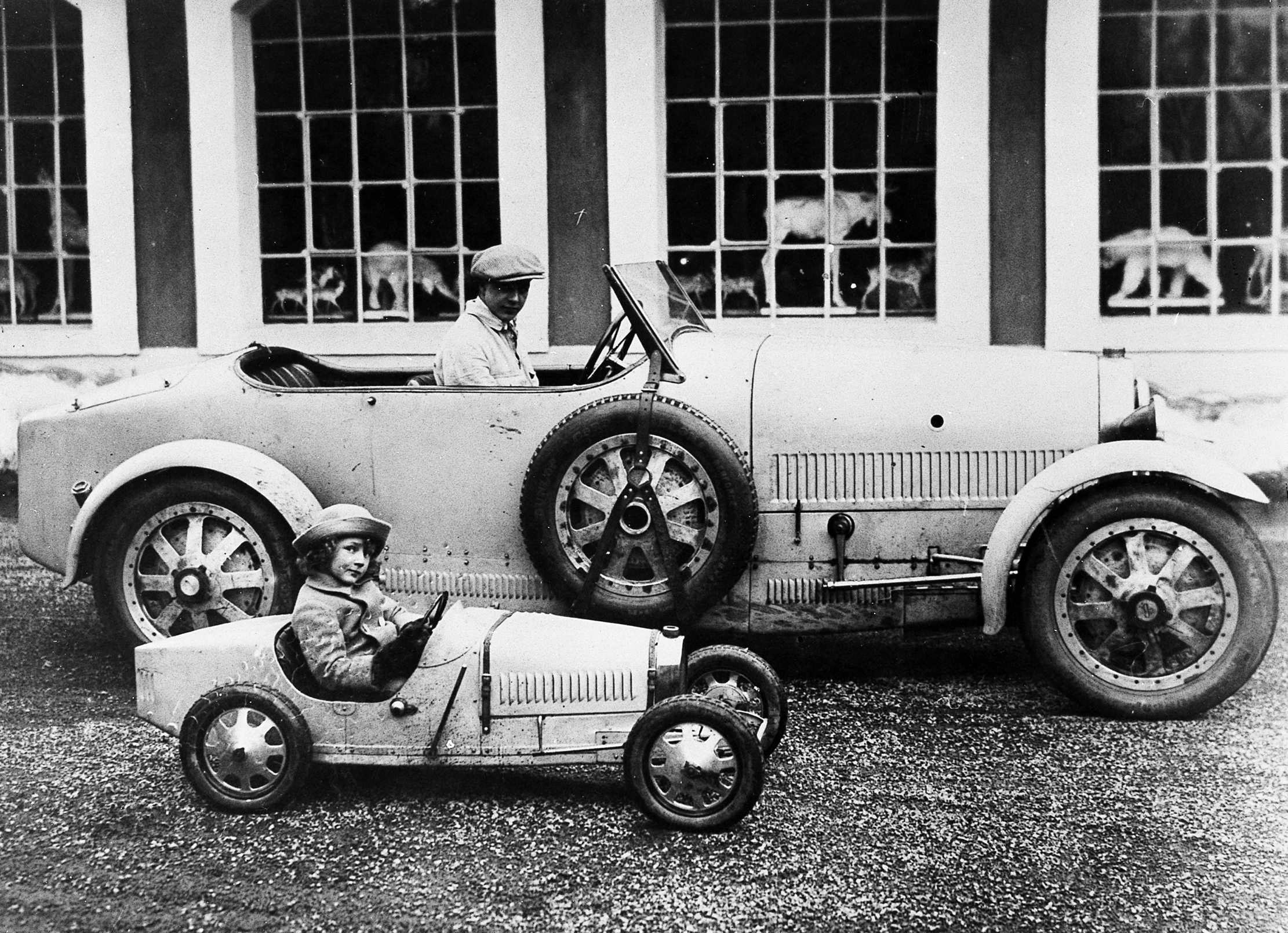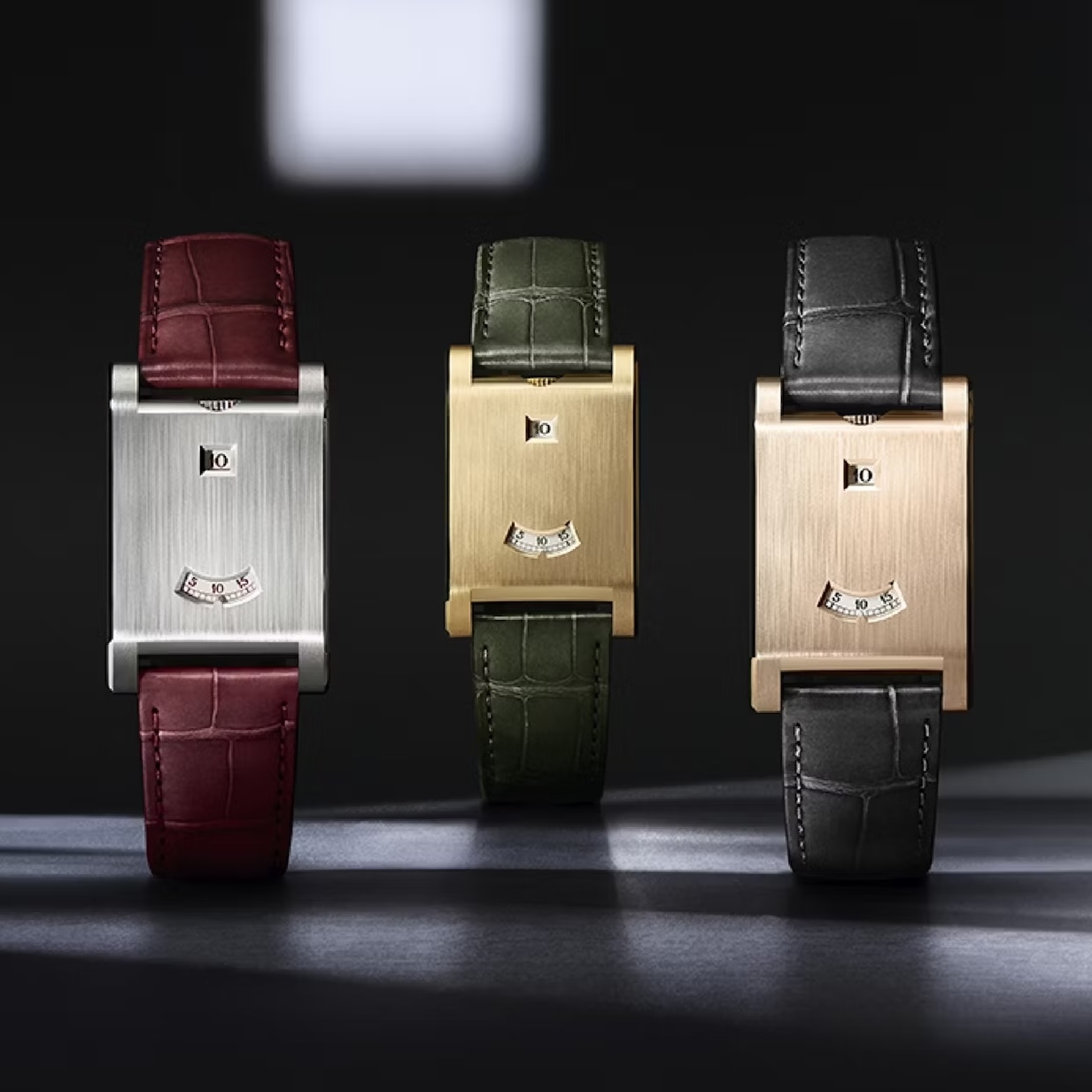Honey, I shrunk the Ferrari: How to get your hands on (most) of a 250 Testa Rossa for less than £200,000
One of the latest offerings from Hedley Studios is a 75%-scale model of Ferrari's three-time Le Mans winning icon. It's turning heads.


The World Sportscar Championship of the Fifties and Sixties was exuberant. This fiery crucible saw bewildering racing cars rumble across global circuits as manufacturers fought for championship points, leading keen-to-win Ferrari to build its prototype ‘pontoon fender’ 250 Testa Rossa (250 TR) racer in 1957.
With three wins at Le Mans in ‘58, ‘60 and ‘61, the 250 TR confirmed its iconic status in Ferrari and in motor racing history. Its attractive bodywork was carved by Carrozzeria Scaglietti, although later changed in favour of a more homogeneous shape.
The chances of owning an original 250 TR are slim. Thirty-three were made, and only 19 ‘pontoon fender’ editions rolled out the Scaglietti workshop, making it one of the rarest cars to emerge from Maranello. Rarity isn’t the sole snag when it comes to owning a 250 TR ‘pontoon fender’, but also cost. An early 1958 car, auctioned in 2024, carried a guide price of £26-30 million. It’s possible to have one for much less, but there’s a catch.

An original 'pontoon fender' Ferrari 250 TR takes to the track in Monterey, California
Nestled in Motorsport Valley, Oxford, is Hedley Studios (formerly known as The Little Car Company), a hub that builds 75%-scale electric 250 TR ‘pontoon fender’ cars, monikered 250 TR J (junior). Yep, this is technically Ferrari’s first electric car — you get official Ferrari chassis plates as proof.
‘Hedley Studios began in 2019 with a unique opportunity when Bugatti approached us to recreate their iconic 1920s Bugatti Baby for the brand’s 110th anniversary. But rather than simply making a toy, we saw the potential to create something far more special — a fully functional and scaled electric vehicle that adults could truly drive and enjoy. That vision became the Bugatti Baby II, and it marked the beginning of our journey in crafting drivable works of art’, says Ben Hedley, CEO and founder.
Hedley then began shipping cars worldwide, spanning three model lines: the Bugatti, followed by the Aston Martin DB5 Junior and the 250 TR J.
‘Over the past three years, delivering over 450 vehicles to clients in more than 50 countries has been a testament to the dedication and craftsmanship of our artisans, solidifying our status as a global luxury brand.’
Sign up for the Country Life Newsletter
Exquisite houses, the beauty of Nature, and how to get the most from your life, straight to your inbox.

An invitation to the Hedley workshop to learn more about the company and to drive one of its miniature Ferraris is something few could resist, including me. Many 250 TR Js, some in early production stages and others in showroom condition, were neatly positioned throughout the bright and airy workshop. Tucked at the workshop’s rear was the newest 85%-scale Bentley Blower, Hedley’s latest engineering marvel.
‘The build time for a 250 TR J depends on the level of personalisation, but on average, clients can expect a production time of around 12 weeks. Each car is meticulously handcrafted to the highest standard, ensuring every detail is perfected before delivery’, Hedley added.
Buyers can spec a 250 TR J via a configurator on Hedley’s website. Customisation includes historic Ferrari liveries, changing the interior colour and adding race numbers to the bonnet and sides.
Each 250 TR J has a spaceframe chassis, like the original, and there’s also double-wishbone front suspension with authentic geometry. Only the brakes are different: it has Brembo discs all around, but the original had drums. Finally, the aluminium bodywork is beaten and rolled to match Ferrari’s 1957 drawings. Working closely with Ferrari, Hedley sells cars to its customers via worldwide dealers.
Following the short workshop tour, I was eager to pilot my smallest press loaner to date: a Rosso Corsa 250 TR J.

A Hedley 250 TR J. Author for scale.
Hatching an entry plan took time, being 5ft 11in. The car doors don’t open, but its quick-release steering wheel allowed me to slither in. Once positioned on the beige leather bench seat, sat behind a Nardi steering wheel, repurposed gauges and tactile switches, any aches and pains gained upon entry were rapidly disregarded. Looking down revealed Ferrari F8 Tributo pedals, yet another nifty feature.
A switch on the dash imitates Ferrari’s Dynamic Enhancer, allowing the driver to choose between four drive modes: Novice, Comfort, Sport and Race. These modes offer a range between 12mph and 37mph, the former mostly for younger drivers. There’s also a dashboard-mounted kill switch for emergencies. Unlike the original, the 250 TR J is driven by a single, rear-mounted electric motor, fed by three suitcase-like batteries under the car’s nose.
Sport mode engaged, I followed a Hedley boffin, also in a 250 TR J, around Bicester Motion. At only 250kg, at least before I got in, the 250 TR J accelerated pleasantly, jolting only slightly over bumps and ruts.
Onlookers pointed and gasped as our tiny Ferrari parade tootled past. Did I feel daft finding fun in something seemingly designed for kids? Not in the slightest; it remains the most fun I’ve had in some time. It might be a rich person’s bauble that doesn’t hold particular relevance, but you can still admire the immense build quality and drool over its appearance.
Only 299 250 TR Js will exist, making them rarer than a LaFerrari. If you want one like me, you’ll be about £100,000 lighter. Still, you’ll own one of the rarer and better-looking Ferraris ever made.

Matthew MacConnell is a motoring journalist who has written for Forbes, Fleet World, The Drive, and Classic Car Weekly. He also likes to natter about vans, trucks, and electric bikes
-
 How an app can make you fall in love with nature, with Melissa Harrison
How an app can make you fall in love with nature, with Melissa HarrisonThe novelist, children's author and nature writer Melissa Harrison joins the podcast to talk about her love of the natural world and her new app, Encounter.
By James Fisher
-
 'There is nothing like it on this side of Arcadia': Hampshire's Grange Festival is making radical changes ahead of the 2025 country-house opera season
'There is nothing like it on this side of Arcadia': Hampshire's Grange Festival is making radical changes ahead of the 2025 country-house opera seasonBy Annunciata Elwes
-
 The five minute guide to 'The Great Gatsby', a century on from its publication
The five minute guide to 'The Great Gatsby', a century on from its publication'The Great Gatsby' sold poorly the year it was published, but, in the following century, it went on to become a cornerstone of world literature.
By Carla Passino
-
 Shark tanks, crocodile lagoons, laser defences, and a subterranean shooting gallery — nothing is impossible when making the ultimate garage
Shark tanks, crocodile lagoons, laser defences, and a subterranean shooting gallery — nothing is impossible when making the ultimate garageTo collectors, cars are more than just transport — they are works of art. And the buildings used to store them are starting to resemble galleries.
By Adam Hay-Nicholls
-
 ‘David Hockney 25’ at the Fondation Louis Vuitton: Britain’s most influential contemporary artist pops up in Paris to remind us all of the joys of spring
‘David Hockney 25’ at the Fondation Louis Vuitton: Britain’s most influential contemporary artist pops up in Paris to remind us all of the joys of springThe biggest-ever David Hockney show has opened inside the Fondation Louis Vuitton in Paris — in time for the season that the artist has become synonymous with.
By Amy Serafin
-
 Under the hammer: A pair of Van Cleef & Arpels earrings with an intriguing connection to Princess Grace of Monaco
Under the hammer: A pair of Van Cleef & Arpels earrings with an intriguing connection to Princess Grace of MonacoA pair of platinum, pearl and diamond earrings of the same design, maker and period as those commissioned for Grace Kelly’s wedding head to auction.
By Rosie Paterson
-
 Why LOEWE decided to reimagine the teapot, 25 great designs over
Why LOEWE decided to reimagine the teapot, 25 great designs overLoewe has commissioned 25 world-leading artists to design a teapot, in time for Salone del Mobile.
By Amie Elizabeth White
-
 The brilliant Bugattis: Sculpture, silverware, furniture and the fastest cars in the world
The brilliant Bugattis: Sculpture, silverware, furniture and the fastest cars in the worldA new exhibition at this year's Treasure House Fair will shine a light on the many talents of the Bugatti dynasty.
By James Fisher
-
 Big, bright and bold: Colourful luggage to inspire your next spring getaway
Big, bright and bold: Colourful luggage to inspire your next spring getawayIf RIMOWA's new 'Holiday' campaign is anything to go by, then conservative-coloured luggage is out and eye-catching is in.
By Rosie Paterson
-
 Jumping hours, guichets and visual theatre: The biggest trend from Watches and Wonders explained
Jumping hours, guichets and visual theatre: The biggest trend from Watches and Wonders explainedMiniature window displays replaced traditional watch hands at this year's Watches and Wonders fair.
By Chris Hall